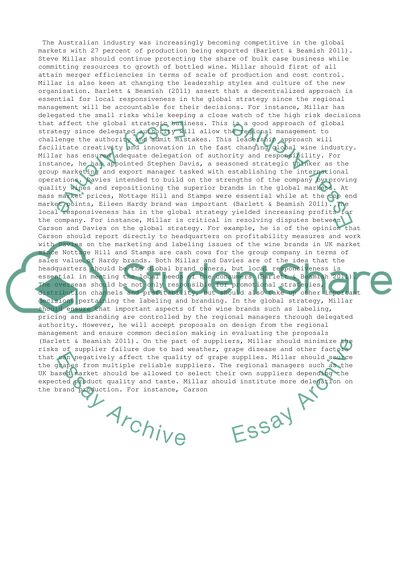Cite this document
(“Steve Millar's approach to the challenge of leading BRL Hardy in 1998 Essay”, n.d.)
Retrieved from https://studentshare.org/business/1403740-take-home-exam
Retrieved from https://studentshare.org/business/1403740-take-home-exam
(Steve Millar'S Approach to the Challenge of Leading BRL Hardy in 1998 Essay)
https://studentshare.org/business/1403740-take-home-exam.
https://studentshare.org/business/1403740-take-home-exam.
“Steve Millar'S Approach to the Challenge of Leading BRL Hardy in 1998 Essay”, n.d. https://studentshare.org/business/1403740-take-home-exam.


